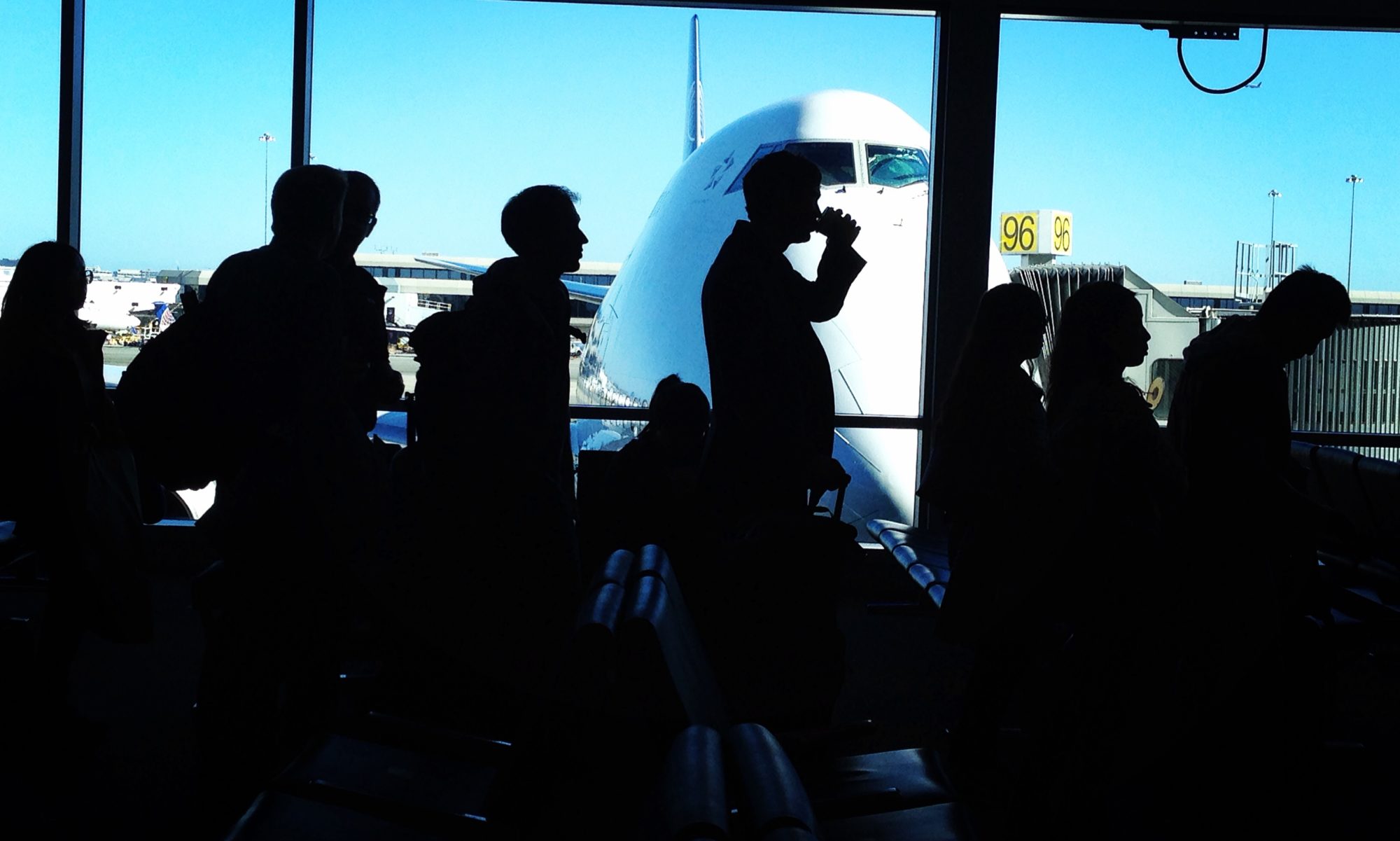Clement Tan | July 12, 2023 | CNBC.com
Thailand’s Parliament will vote for a new prime minister on Thursday, and the country’s young and urban are about to find out whether their backing of a progressive opposition party at May’s elections will translate into genuine power.
Not too long ago, they were basking in the euphoria of the party’s stunning victory, priming themselves for democratic change and reform. Two months on, they are instead confronted with the sight of 79-year-old Wan Muhamad Noor Matha — very much considered a member of the old guard — as the “new” speaker of Thailand’s House of Representatives.
The young voters had propelled the Move Forward Party — led by the Harvard-educated, 42-year-old Pita Limjaroenrat — to an unprecedented majority of the seats in Parliament after nine years of military rule, but this was too slim for the party to push forward its own candidates, forcing it into a coalition with seven other parties.
Move Forward had campaigned on an ambitious structural reform agenda targeting the country’s monarchy, monopolies and military. These aims essentially extended the goals of student protests more than two years ago that were triggered by the dissolution of a political party — Move Forward’s predecessor entity — which was highly critical of outgoing Prime Minister Prayut Chan-o-cha, the former military general who seized power in a 2014 coup and made changes to the Thai Constitution in 2017.
Its slim majority has made its agenda vulnerable to the machinations of the institutions it is seeking to reform, along with the interlocking patronage networks that remain despite the ouster of several influential business families in this election. The installation of Wan Noor as a compromise candidate after second-placed party Pheu Thai had objected to Move Forward’s choice, was just the beginning.
Continue reading “Thailand’s Parliament is about to pick a new prime minister — and a generation’s hopes are at stake”